When we observe fish gliding through water, we rarely pause to consider the remarkable biological mechanisms that allow them to extract oxygen from their aquatic environment. Unlike air-breathing animals, fish have evolved specialized respiratory systems that enable them to thrive beneath the surface. This fascinating adaptation represents one of nature’s most elegant solutions to the challenge of underwater respiration. In this article, we’ll dive deep into the science of fish breathing, exploring the anatomical structures, physiological processes, and evolutionary adaptations that make underwater life possible for these diverse aquatic vertebrates.
The Fundamental Challenge: Oxygen in Water vs. Air
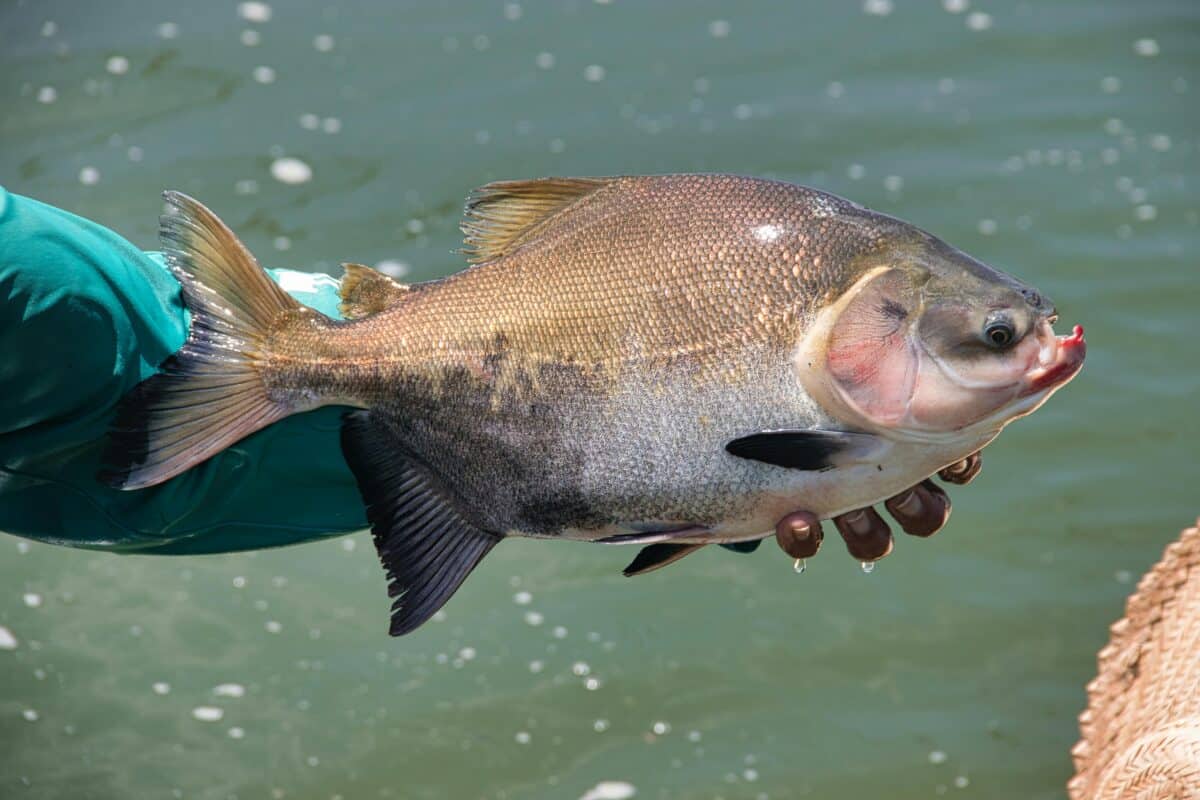
Water presents a significant respiratory challenge compared to air. At standard temperature and pressure, water contains approximately 30 times less oxygen than an equivalent volume of air. This fundamental difference means fish must process large volumes of water to extract sufficient oxygen for their metabolic needs. Additionally, water is approximately 800 times denser than air and 50 times more viscous, requiring fish to expend considerable energy to move water through their respiratory systems.
This environmental constraint has driven the evolution of highly efficient respiratory structures in fish. Unlike lungs, which would collapse under water pressure and cannot efficiently extract oxygen from water, fish have developed gills—specialized organs with enormous surface areas that can effectively capture the limited oxygen dissolved in their aquatic environment. This adaptation represents one of the most successful respiratory strategies in the animal kingdom, enabling fish to colonize virtually every aquatic habitat on Earth.
Gill Anatomy: Nature’s Respiratory Marvel
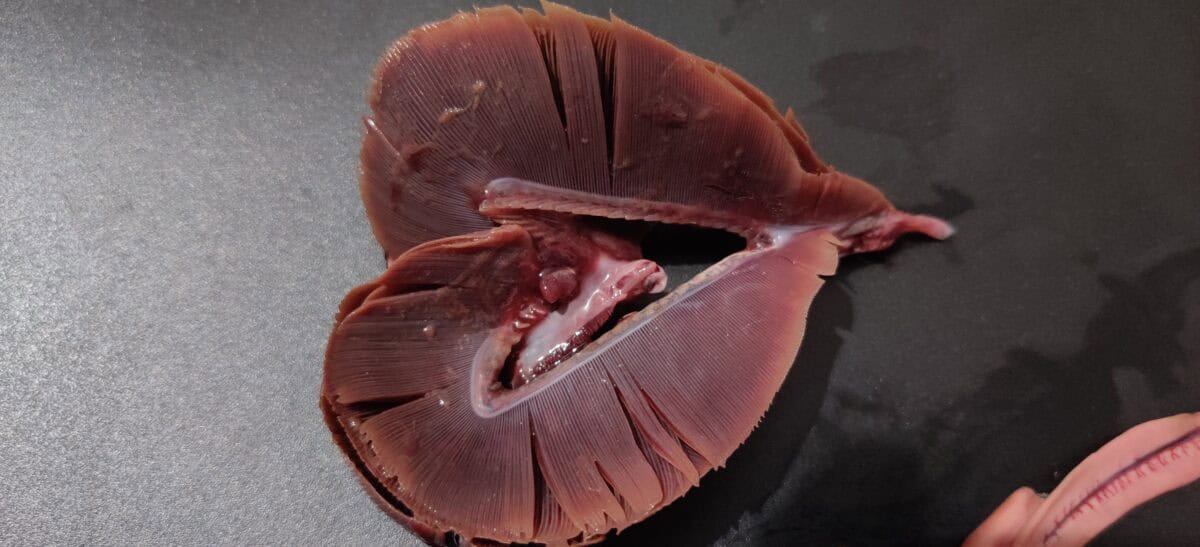
Fish gills are remarkable structures that maximize oxygen extraction efficiency. Typically located on either side of the pharynx, most bony fish possess four gill arches on each side, though this number varies across species. Each gill arch supports numerous gill filaments—thin, elongated structures that extend outward like the teeth of a comb. These filaments are further subdivided into secondary lamellae, microscopic leaf-like projections that dramatically increase the respiratory surface area. In fact, the total gill surface area in fish can be up to 10 times greater than the total external body surface area.
The lamellae contain a dense network of capillaries arranged to create a countercurrent exchange system. Blood flows through these capillaries in the opposite direction to water passing over the gills. This countercurrent arrangement maintains a concentration gradient that maximizes oxygen transfer efficiency, allowing fish to extract up to 80% of dissolved oxygen from water passing over their gills—a remarkable feat considering the low oxygen content of water compared to air.
The Breathing Mechanism: How Fish Move Water
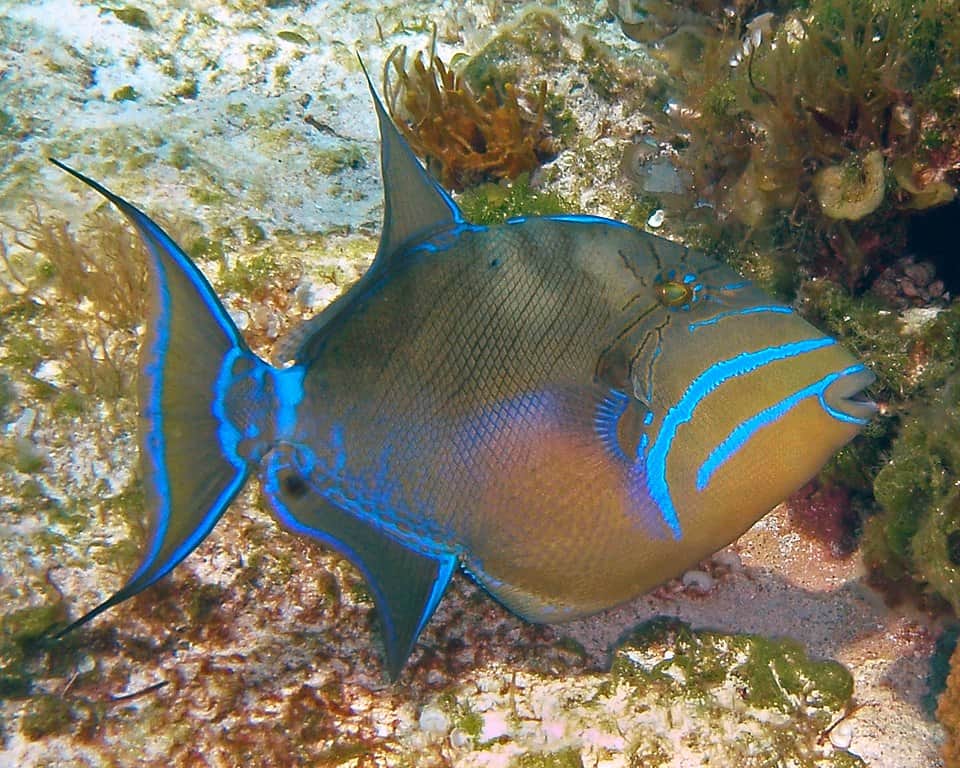
Fish employ a sophisticated two-pump system to move water continuously over their gills. The first pump, operated by the mouth and buccal cavity (oral pump), draws water in; the second pump, controlled by the opercular cavity (opercular pump), pushes water out across the gills. This creates a pressure differential that ensures a one-way flow of water from mouth to gills to opercula (gill covers). In most bony fish, this process is visible as the rhythmic opening and closing of the mouth and gill covers.
The coordination between these two pumps is precisely timed to maintain a nearly continuous flow of water across the gill surfaces, even when the fish isn’t actively swimming. This mechanism, known as buccal-opercular pumping, allows fish to breathe efficiently even when stationary. Some fast-swimming species like tuna and mackerel have evolved a different strategy called ram ventilation, where they swim continuously with their mouths open, forcing water over their gills without active pumping—a more energy-efficient method for these active predators.
Countercurrent Exchange: The Key to Efficient Oxygen Extraction
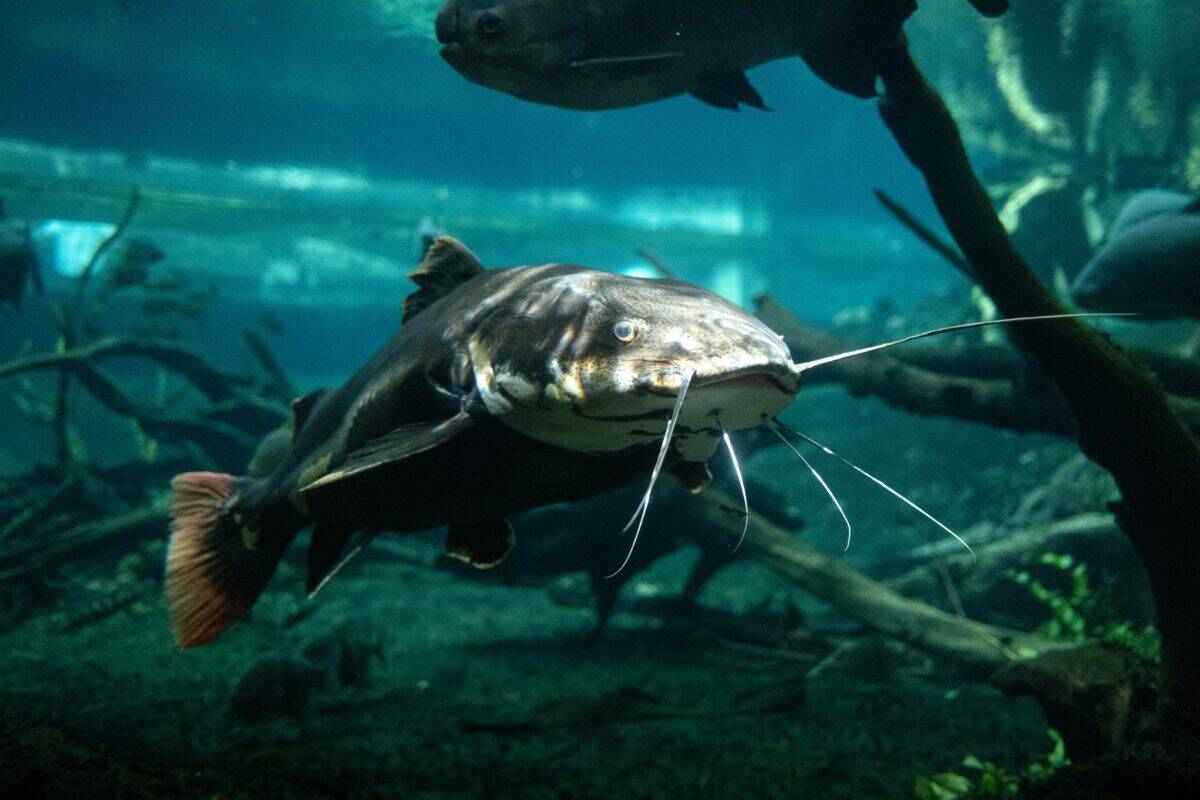
The countercurrent exchange system in fish gills represents one of nature’s most elegant physiological designs. In this arrangement, water flows over the gill lamellae in one direction while blood flows through the lamellae’s capillaries in the opposite direction. This opposing flow maintains a favorable concentration gradient along the entire length of the exchange surface. As blood moves through the lamellae, it continuously encounters water with a higher oxygen concentration, allowing oxygen to diffuse from water into blood throughout the entire respiratory surface.
The efficiency of this system is remarkable—fish can extract up to 80-90% of dissolved oxygen from water passing over their gills. By comparison, our lungs extract only about 25% of the oxygen from inhaled air. If fish used a concurrent flow system (with blood and water flowing in the same direction), their oxygen extraction efficiency would drop dramatically to around 50%. This countercurrent principle is so effective that it has evolved independently in various biological systems and has been adapted in human technology for heat exchangers and other industrial applications.
Adaptations for Different Environments
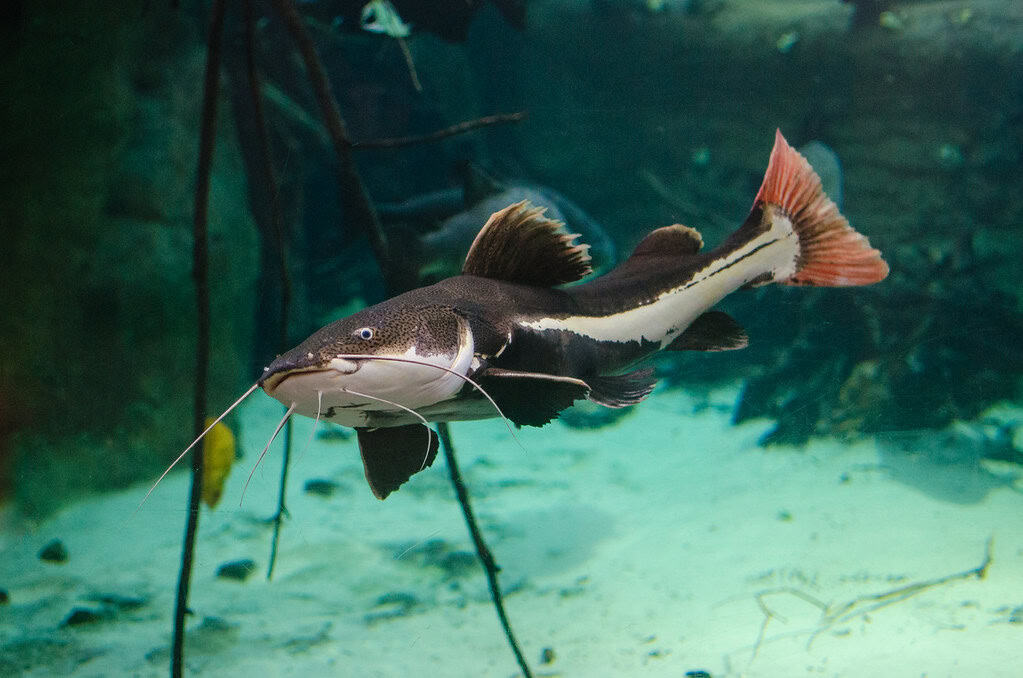
Fish have evolved specialized respiratory adaptations to thrive in diverse aquatic environments. Species inhabiting oxygen-poor waters, such as stagnant ponds or swamps, often develop enlarged gill surface areas or accessory breathing organs. The walking catfish, for example, possesses specialized structures called arborescent organs—highly vascularized tissues that allow atmospheric oxygen absorption, enabling these fish to survive in oxygen-depleted waters and even make short overland journeys.
In contrast, fish living in fast-flowing, oxygen-rich mountain streams typically have smaller gills relative to their body size. Deep-sea fish face unique challenges with high pressure and variable oxygen levels, developing specialized hemoglobin with higher oxygen affinity. Some species, like the African lungfish, have evolved true lungs alongside gills, allowing them to survive seasonal drought by breathing air. These diverse adaptations demonstrate the remarkable evolutionary flexibility of fish respiratory systems in response to environmental pressures.
Oxygen Transport: Specialized Blood Adaptations

Once oxygen diffuses across the gill membrane into the bloodstream, specialized proteins called hemoglobins transport it to tissues throughout the body. Fish hemoglobins differ from those of mammals in several important ways that enhance their function in aquatic environments. Many fish possess multiple hemoglobin types that operate optimally under different conditions, allowing them to adapt to changing environmental oxygen levels, temperature fluctuations, and activity states.
Fish hemoglobin also exhibits the Root effect—a phenomenon where hemoglobin’s oxygen-carrying capacity decreases dramatically at lower pH. This adaptation actually benefits fish by helping to unload oxygen at tissues where metabolic activity creates acidic conditions. Some fish species have evolved specialized vascular structures called retia mirabilia (wonderful nets) in organs like the eye and swim bladder, where the Root effect helps concentrate oxygen at levels far above those in the surrounding water—a crucial adaptation for maintaining buoyancy and vision.
The Role of the Swim Bladder
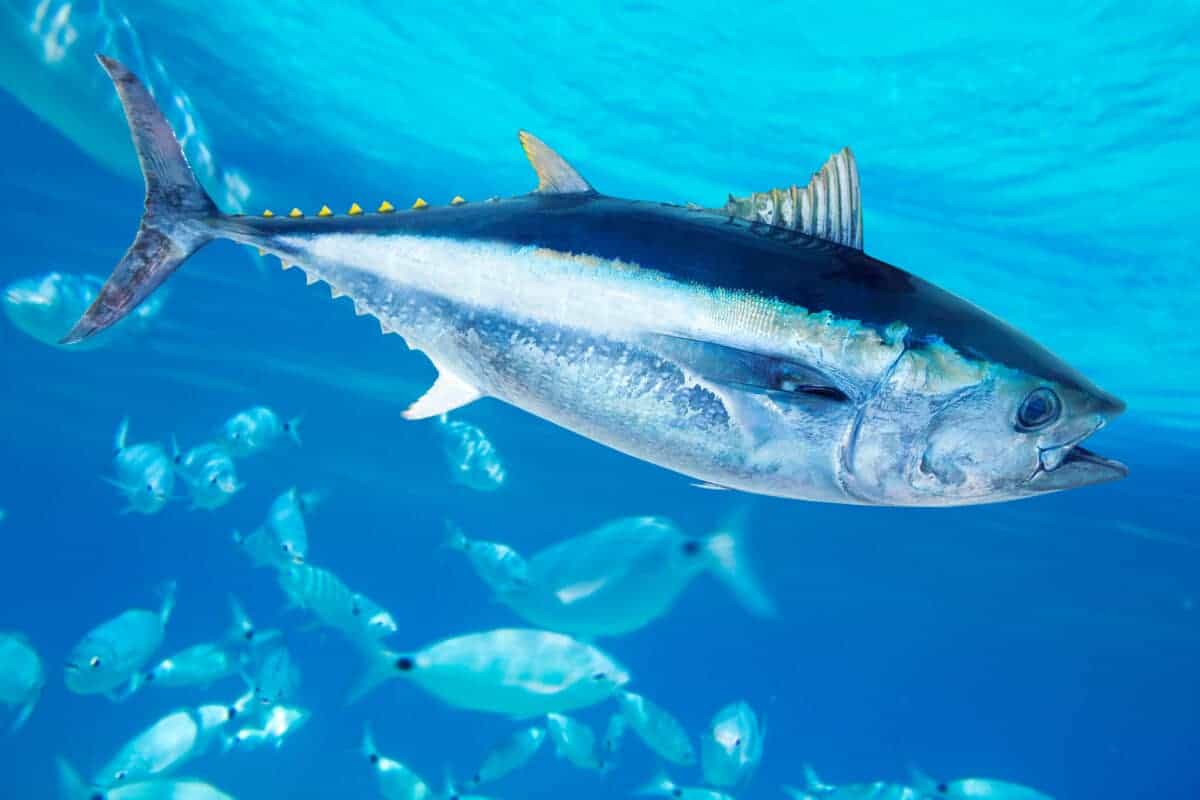
While not directly involved in respiration, the swim bladder—a gas-filled organ found in most bony fish—plays an important complementary role in their respiratory physiology. Originally evolved from the lungs of ancestral fish, the swim bladder primarily functions as a buoyancy control organ, allowing fish to maintain their position in the water column without expending energy on constant swimming. In some primitive fish like gar and bowfin, the swim bladder retains its connection to the esophagus and can function as a supplementary breathing organ.
The gas within the swim bladder, primarily oxygen, comes from specialized gas glands that concentrate oxygen from the bloodstream against a steep pressure gradient—sometimes exceeding 50 times atmospheric pressure. This remarkable concentration ability relies on the Root effect and countercurrent exchange principles similar to those in the gills. The swim bladder thus represents both an evolutionary link to air-breathing ancestors and a sophisticated adaptation that complements the gill-based respiratory system of modern fish.
Respiratory Challenges in Different Water Types
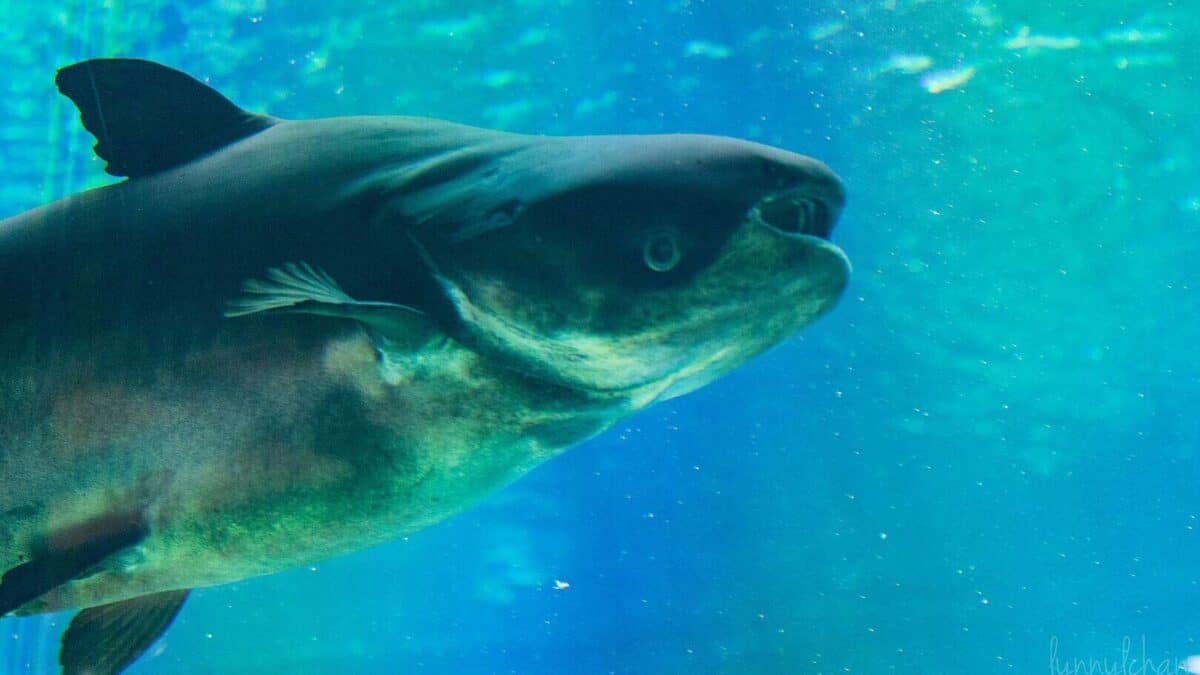
Fish face distinct respiratory challenges depending on whether they inhabit freshwater or saltwater environments. Freshwater fish must contend with relatively low dissolved oxygen levels, particularly in warm or stagnant waters. Their gill membranes are also relatively permeable, causing them to gain water osmotically from their hypotonic environment—a challenge they address through producing dilute urine and actively uptaking ions through specialized cells in their gills.
Marine fish, conversely, live in water with higher oxygen solubility but face the opposite osmotic problem—they tend to lose water to their hypertonic environment. Their gills must simultaneously function as respiratory organs and as sites for ion regulation and water conservation. To maintain osmotic balance, marine fish drink seawater and excrete concentrated urine, while specialized chloride cells in their gills actively excrete excess ions. These adaptations demonstrate how fish respiratory structures serve dual roles in gas exchange and osmotic regulation.
Air-Breathing Fish: Breaking the Aquatic Boundary

Over 400 fish species have evolved the ability to breathe air, representing a fascinating evolutionary bridge between aquatic and terrestrial life. These air-breathing adaptations have emerged independently multiple times across diverse fish lineages, providing compelling examples of convergent evolution. Some species, like the climbing perch, possess specialized chambers above their gills called suprabranchial organs that function as primitive lungs. Others, including the electric eel and armored catfish, have developed modified intestinal tracts that can absorb atmospheric oxygen.
Perhaps the most advanced air-breathing fish are the lungfish, which possess true lungs derived from the same embryonic tissue that forms the swim bladder in other fish. African and South American lungfish can survive months of drought by burrowing into mud and entering a state of aestivation, breathing air through a small opening in their burrow. These fascinating adaptations not only allow fish to survive in oxygen-poor waters but also provide evolutionary models for understanding the transition of vertebrates from water to land millions of years ago.
Metabolic Demands and Respiratory Adaptations
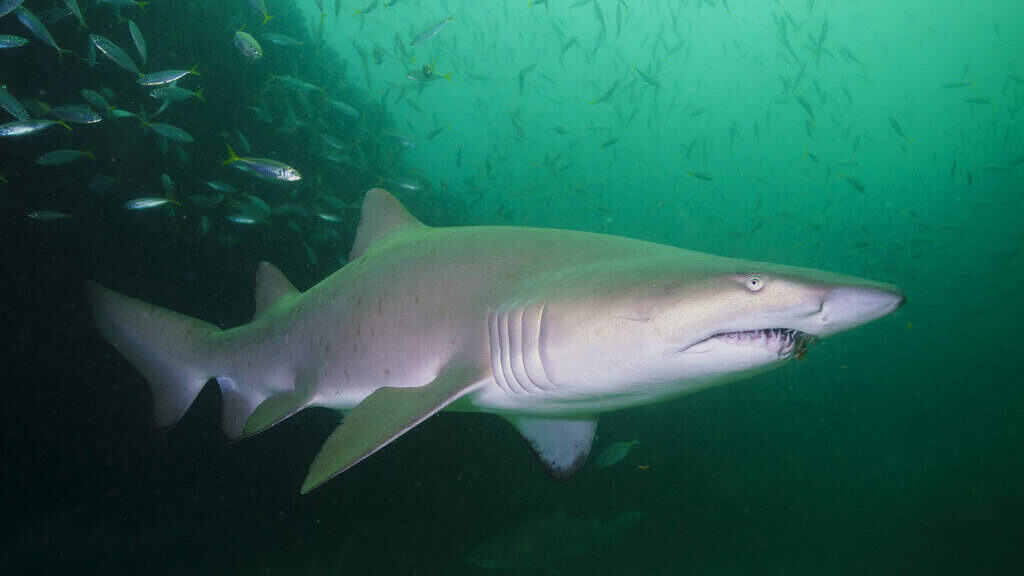
A fish’s respiratory requirements are closely linked to its metabolic demands and lifestyle. Active predatory fish like tuna and sharks require substantially more oxygen than sedentary bottom-dwellers. To meet these elevated needs, active species have developed larger gills relative to their body size, more efficient countercurrent exchange systems, and specialized high-performance hemoglobins. Some pelagic sharks and tuna maintain portions of their body temperature above ambient water temperature—a condition called regional endothermy—which further increases their oxygen requirements.
At the other extreme, certain deep-sea fish have evolved remarkably low metabolic rates, allowing them to survive with minimal oxygen in the deep ocean’s oxygen-minimum zones. Antarctic icefish have even eliminated hemoglobin entirely, relying instead on oxygen dissolved directly in their blood plasma—an adaptation made possible by the high oxygen solubility in near-freezing waters and their low metabolic requirements. These diverse strategies demonstrate how respiratory physiology has co-evolved with metabolic demands across different fish lineages.
Environmental Threats to Fish Respiration
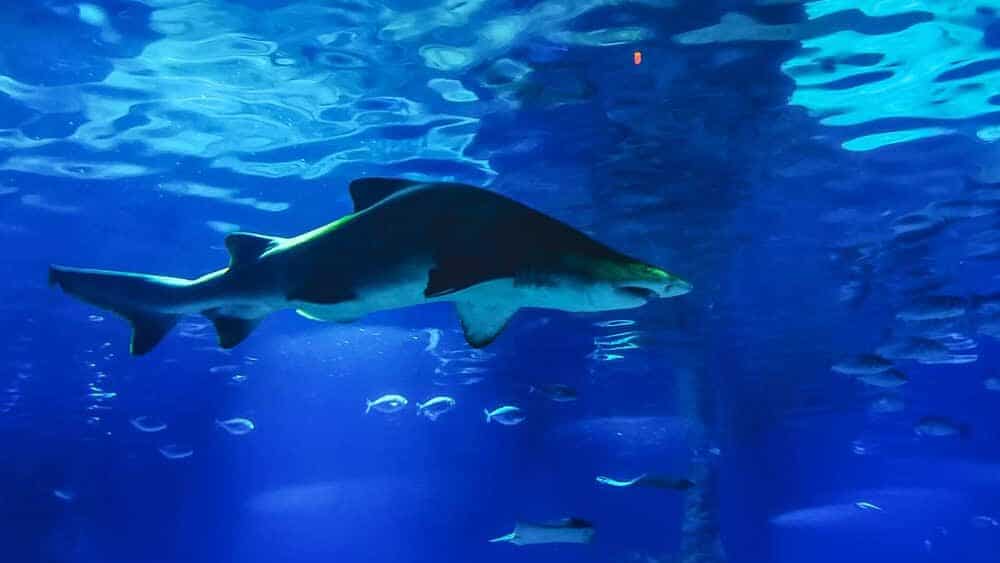
Modern environmental changes pose significant challenges to fish respiratory systems. Rising water temperatures directly reduce oxygen solubility in water while simultaneously increasing fish metabolic rates—a dangerous combination that can lead to respiratory distress. Climate change is already expanding marine oxygen-minimum zones, limiting habitable areas for many species. Nutrient pollution from agricultural runoff and wastewater can trigger algal blooms that deplete oxygen, creating “dead zones” where fish cannot survive.
Chemical pollutants present additional threats to fish respiration. Heavy metals can damage gill tissue and impair oxygen transport, while acidification from carbon dioxide absorption disrupts ion regulation at the gill surface. Microplastics are increasingly recognized as respiratory hazards, potentially clogging gill structures or leaching harmful chemicals. These anthropogenic stressors highlight the vulnerability of fish respiratory systems to environmental degradation and emphasize the importance of conservation efforts to protect aquatic ecosystems and their inhabitants.
The Remarkable Story of Fish Respiration

The evolution of gill-based respiration represents one of nature’s most successful adaptations, enabling fish to colonize virtually every aquatic environment on our planet. From the oxygen-rich rapids of mountain streams to the crushing depths of ocean trenches, fish have developed specialized respiratory strategies to extract vital oxygen from their watery realm. The elegant design of the gill system, with its countercurrent exchange mechanism and dual roles in respiration and ion regulation, exemplifies the sophistication of evolutionary adaptation.
Understanding how fish breathe not only satisfies our scientific curiosity but also provides crucial insights for conservation. As we face growing threats to aquatic ecosystems through pollution, habitat destruction, and climate change, knowledge of fish respiratory physiology helps us predict vulnerability and implement effective protection measures. Moreover, fish breathing mechanisms continue to inspire biomimetic technologies in fields ranging from medical oxygen delivery systems to artificial gill designs for human underwater exploration, demonstrating how nature’s solutions can inform human innovation.
- The Biggest Freshwater Fish Ever Discovered - August 25, 2025
- A Volcano Eruption Reveals Thousands of Hidden Sea Creatures - August 25, 2025
- How Golf Courses Impact Local Wildlife — For Better or Worse - August 25, 2025

